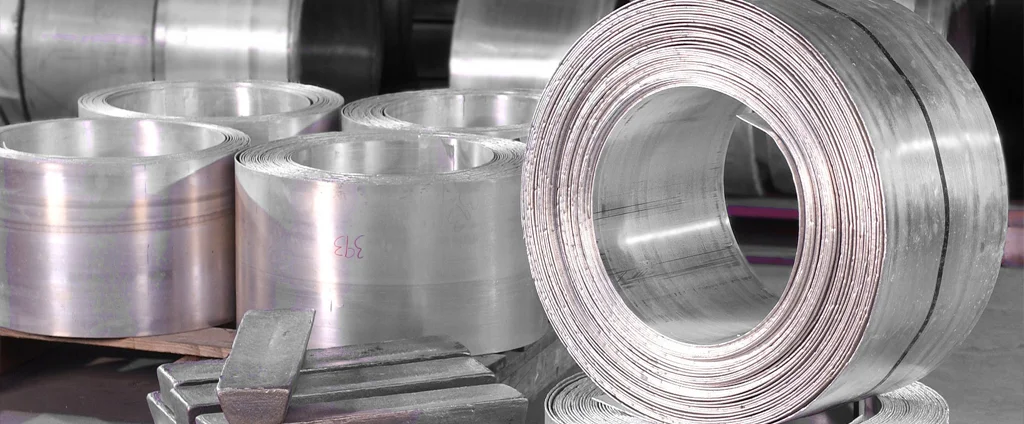Magnesium AZ10A-F (UNS M11100)

Magnesium AZ10A-F is a versatile alloy known for its lightweight nature, excellent strength, and corrosion resistance. Widely utilized across automotive, aerospace, and sporting goods industries, it provides an optimal balance of durability and performance, making it ideal for various engineering applications requiring weight reduction without compromising strength.
| Chemical Composition | ||
|---|---|---|
| Element | Min | Max |
| Magnesium | —— | Remainder |
| Aluminum | 1.0% | 1.5% |
| Calcium | —— | 0.04% |
| Copper | —— | 0.1% |
| Iron | —— | 0.005% |
| Manganese | 0.2% | —— |
| Nickel | —— | 0.005% |
| Silicon | —— | 0.1% |
| Zinc | 0.2% | 0.6% |
The following table provides a list of magnesium AZ10A-F properties in both SI and US customary/Imperial units.
Click on the button to switch between Metric and Imperial units.
| Physical Properties | Metric |
|---|---|
| Density | 1760 kg/m3 |
| Mechanical Properties | Metric |
| Tensile Strength (Ultimate) | 240 MPa |
| Tensile Strength (Yield) | 155 MPa |
| Compressive Strength (Yield) | 69 MPa |
| Young’s Modulus (E) | 45 GPa |
| Shear Modulus (G) | 17 GPa |
| Elongation at Break in 50 mm | 10% |
| Poisson’s Ratio (ν) | 0.35 |
| Thermal Properties | Metric |
| Melting Point | 630 - 645 °C |
| Solidus | 630 °C |
| Liquidus | 645 °C |
| Thermal Conductivity | 110 W/m·K |
| Specific Heat Capacity (Cp) Typical value for Mg alloys | 1.00 J/g·°C |
| Coefficient of Thermal Expansion (αL) | 26.6 1/°C |
| Heat of Fusion | 370 J/g |
| Electrical Properties | Metric |
| Electrical Resistivity | 6.40×10-6 Ω·cm |
The values in this table are approximate and can vary depending on various factors such as the specific manufacturing process and heat treatment applied to the alloy.
Advantages & Disadvantages of Magnesium AZ10A-F
| Advantages | Disadvantages |
|---|---|
| Good strength-to-weight ratio | Low melting point |
| Corrosion resistance | Poor weldability |
| Ease of machining | Low fatigue strength |
| Low cost |
Applications of Magnesium AZ10A-F
AZ10A-F is a versatile and cost-effective magnesium alloy that is used in a variety of applications, including:
- Automotive: Used in body panels, wheels, and engine components.
- Aerospace: Employed in aircraft parts such as landing gear and struts.
- Machinery: Applied in tooling, dies, and other mechanical components.
- Consumer goods: Incorporated in sporting goods, electronics, and various products.
